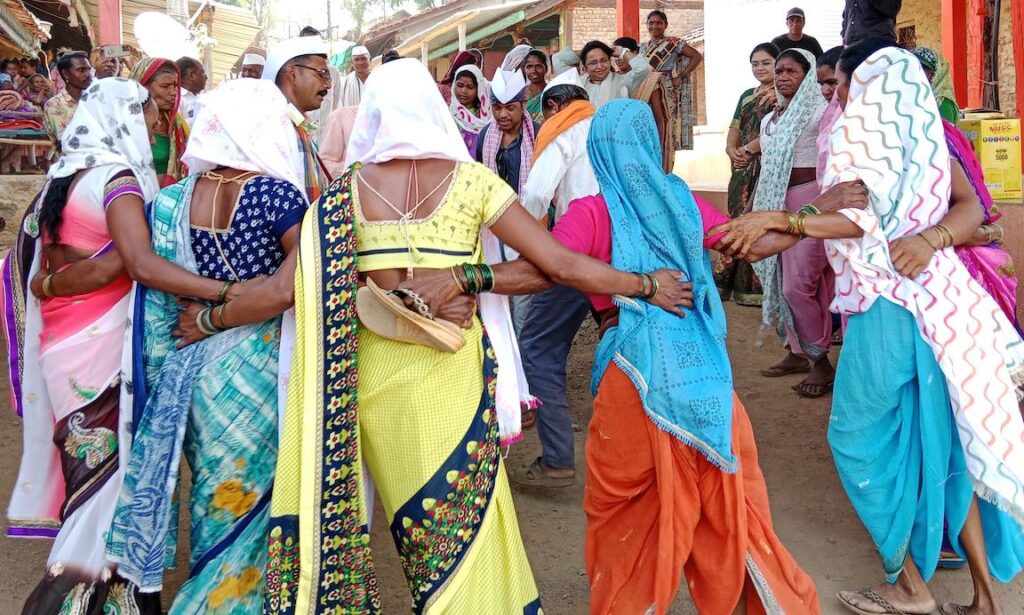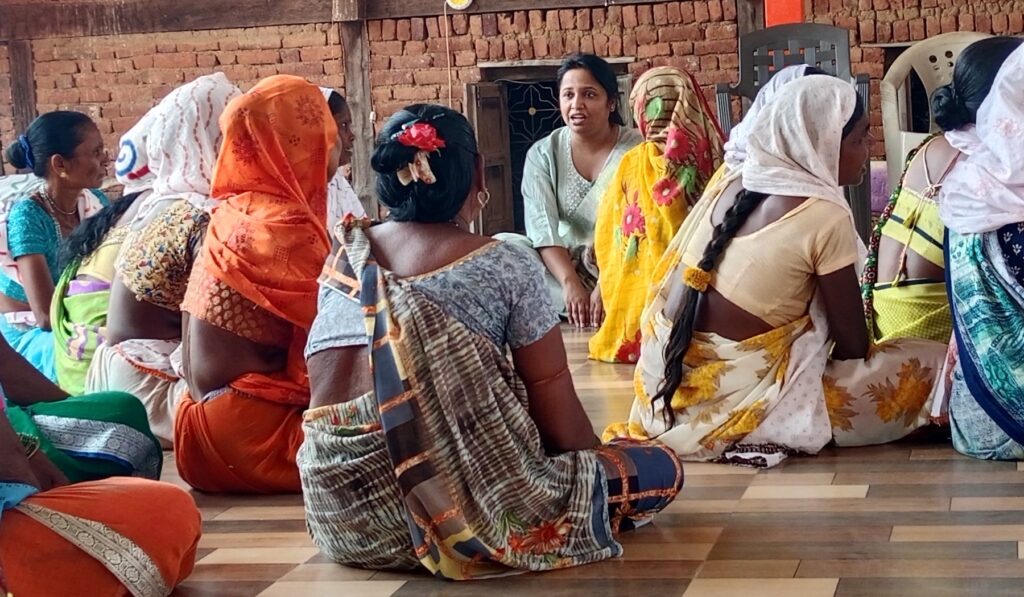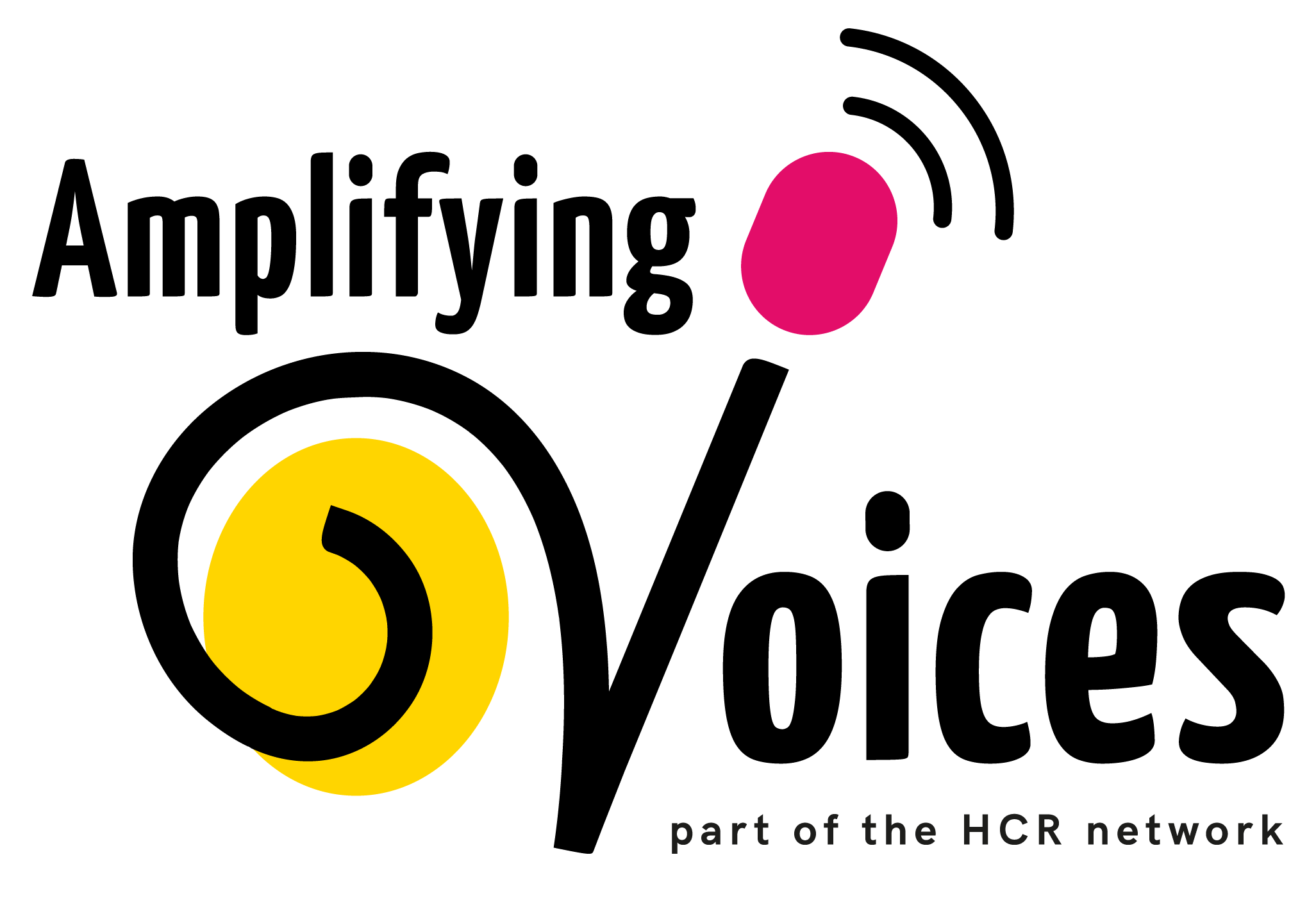
Connecting Communities
“When we ‘do change’ to people they experience it as violence, but when people ‘do change’ for themselves, they experience it as liberation.” ~Rosabeth Moss Kanter
In a remote tribal village in Maharashtra a remarkable story is unfolding. It started with one village. After a year, another one joined in. Before too long there were thirty others, with new ones asking to join. None of the communities in these villages had ever met, but somehow they knew each other well, for they shared a common story – of challenge and adversity. But they were also connected through the Adivasi Voices Project, a joint venture between local NGO, Seva and Amplifying Voices.
Sharing stories, coming together
For over a year these village communities have been listening to each other’s stories on speakerboxes, learning from each other and from experts too. With support from the Seva team, people shared their stories, about overcoming addiction, escaping the trap of bonded labour, or how to start a kitchen garden. The communities not only inspired each other that change is possible, they also shared how.
Since before the pandemic many people from these communities had been asking Seva to set up a face-to-face meeting with other villages in the district, and so for the first time, last week, five communities came together, hosted by the village of Umburne.
“It was like meeting long-lost friends ,” said Ram, “we had so much to talk about, but most importantly we talked about the programmes we loved the most and the changes that have happened in our villages since we had the speakerboxes.”
Village-to-village transfer
Seva team leader, Shilpa described the gathering as being like a celebration of learning. As story after story was shared, Shilpa said she was so surprised to see how much faster change had come to the villages which had most recently received the speakerboxes, compared to those who had them at the beginning. “They have adopted new ideas, attitudes and practices much more quickly than the first villages we started working in,” she said. “Of course the communities have learned from the interviews with experts, but what has been most powerful is that the communities have been learning from each other,” she added, describing it as a “village-to-village transfer.”

Community members from five adivasi villages in Maharashtra share how stories and content on the speakerboxes have impacted their lives
The content on the speakerboxes is coordinated by the Seva team, however each programme is rooted in the heart of the village and the communities are involved in their design and creation. Experts too are involved when important learning or information needs to be shared. The most popular programmes in all the villages, however were the dramas, which reflect village life and issues they all face. One lady, Trimbak, chuckled as she recounted how the family arguments she heard in the dramas were just like the arguments in her family.” Dattu, who was able to recite the dialogues in the dramas, said the programmes were in their language and exactly depicted their lives and situations. Tulshi shared how the programme on early marriages had sparked a big conversation in his village, because they hadn’t allow girls to get an education above 4th standard. “But all that has changed,” he said, “Our entire village have decided that all our children should have an opportunity to have secondary education as well.”
After food and dancing the villagers said their farewells, agreeing that this should become a regular event and that more villages should be included in future.
For us, we have been reminded that lasting, sustainable change happens at the grassroots level. And that when change, no matter how small comes to one community, it can cause ripples of change in other communities. Some of these ripples will intersect with other ripples to create waves which result in momentum and lasting impact.
